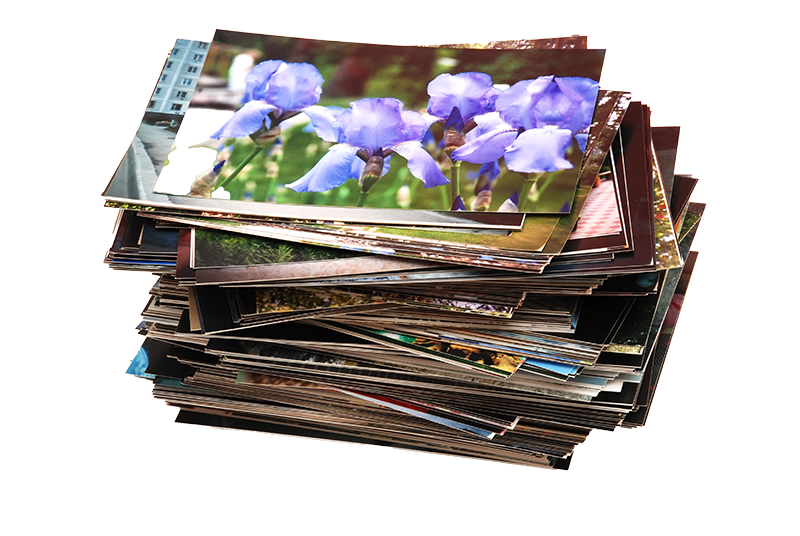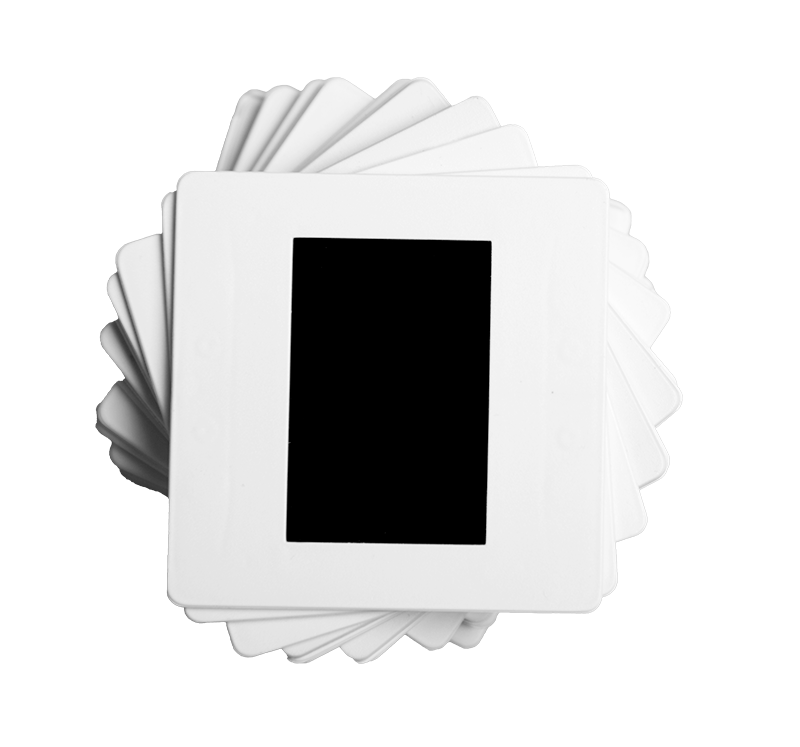

35mm
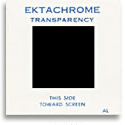
126
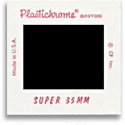
Superslide
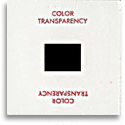
35mm
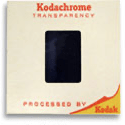
Half Frame
We scan your Slides to accessible files on a USB or External Hard Drive.
Still photography has a lineage dating back to the the 17th century, when the earliest photographs were being captured by projecting a reflection through a small, rectangular photographic plate with a light source (often a candle or an oil lamp). The photographic plate was a piece of a glass with a light sensitive emulsion of silver.
Today photos are usually captured digitally, allowing for direct-to-print processing, eliminating the need for traditional darkroom development, which was the standard method of producing prints up until the rise of the digital photography.
While our modern society consumes images, at record numbers, through the use of computers, tablets, and mobile devices such as smartphones, there are still countless prints of incredible value: sentimental, historic, and artistic, that remain exclusively in their physical form.
Technology has afforded us the opportunity to scan and capture even the most finite details from slides, with extreme accuracy, and create a digital likeness that can be accessed locally, or remotely, and is invulnerable to natural deterioration.
Digitized photos enables the user to duplicate and share images without a generational loss that occurs when creating copies from physical prints, which means you can create countless backups for safe keeping.
slides
Slides, also known as Transparencies, refer to an image composite that exists on a transparent medium, either glass or plastic film. Produced with Reversal Film, unlike typical Photographic film, images capture to a positive intended for projection. Individual images are set in a type of casing, whether cardboard or metal, that are often kept in collections of carousels - which, themselves, can be loaded directly into many projectors.
The various formats of slides: 35mm, 126, SUper 35mm, 110, and Half Frame indicate images of specified dimensions, which are all produced from different sizes of photography film.











